National flowers have profound historical significance in some countries and are chosen as symbols of national spirit. They are chosen not only for their irreplaceable meaning but also for the distinctive places they grow.
How many kinds of national flowers do you know? And do you know the origin and meaning of different national flowers? Here are the origins of some Asian countries and their national flowers.
Origins Of National Flowers In Asian Countries
China
Peony is the national flower in China. In the early days, the meaning of peony is taken as a compliment to the excellent ability of a person. Though China has not declared its own national flower for years, most Chinese take peony as their national flowers through many discussions, for the rich cultural and literary connotations the peony given. In 1959, Zhou Enlai of the State Council of my country called the peony the national flower of China when accompanied by foreign guests, he said the elegant and gorgeous blossom is a symbol of the prosperity and happiness of the Chinese nation. In July 2019, in the online poll on China's national flower, The China Flower Association holds, the peony won with almost 80 percent.
Japan
Like China, Japan has neither declared its own national flower for years, but most Japanese take cherry blossoms and chrysanthemums as the country's national flowers. Kojien pointed out that the national flower should be the most popular flower or the most iconic flower of a nation. At this point, I think cherry blossom is undoubtedly the national flower of Japan, for it attracts millions of tourists every year. While some other Japanese take chrysanthemum the national flower of Japan, for it is used as the official seal of the Japanese Imperial Family.
South Korea
Hibiscus is the national flower of South Korea for its long flowering period and strong vitality, thus it is also called the infinite flower locally, which symbolizes the perseverant spirit of the nation. When one hibiscus blossom withers, other buds continue to bloom, and it blooms splendidly from July to October.
Thailand
Golden Shower is chosen as the national flower of Thailand in October 2001, for the yellow color of the blossom. Yellow is the color of Buddhism, the main religion of Thailand, and it is a symbol of glory and unity. In addition, yellow is the color of the Thai royal family. Thus, the bright and gorgeous blossom has become the national flower of Thailand.
Philippines
Arabian Jasmine, which is called "Sampaguita" locally, and "sumpa Kita" in Spanish, has the meaning of "I assure you." There is a local story of the blossom: There was once a princess who falls in love with a prince of another tribe, and they are engaged with each other. However, a tragedy comes when the prince died in a battle that fights against the invaders. The princess was heartbroken and dead and the tribe buried her beside the prince’s grave. Soon, pure white jasmine flowers grew on the grave. Thus jasmine has since been regarded as a symbol of loyalty to the country and love and has become the national flower of the Philippines.
Conclusion Of The Fascinating National Flowers
I think you have got a better understanding of the fascinating national flowers now.
"Flower" has various meanings in different countries and ethnic groups. Each kind of flower has its profound meaning, one represents love while another one represents sorrow. Flowers have been popular gifts until now, for their stunning appearance and wonderful fragrance.
Give Gift Boutique provides various kinds of flowers for gifting. On the online shop catalog, there are a variety of gorgeous bouquets and high-quality gifts, and they are perfect for different festivals and different people. Your family members, friends, or loved ones will burst into joy when receiving these heavenly gifts.
This is a Hong Kong GGB original 'Fascinating National Flowers In Asia You've Ever Heard' blogpost.









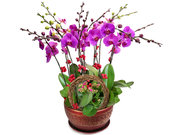




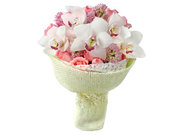


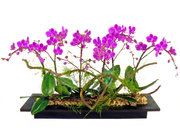


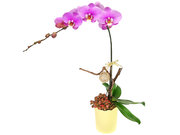





 Share
Share Tweet
Tweet +1
+1  Pin it
Pin it Post
Post  Weibo
Weibo Review
Review






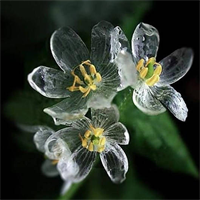
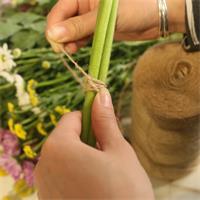











 Diwali Gifts
Diwali Gifts 
 ▶
▶